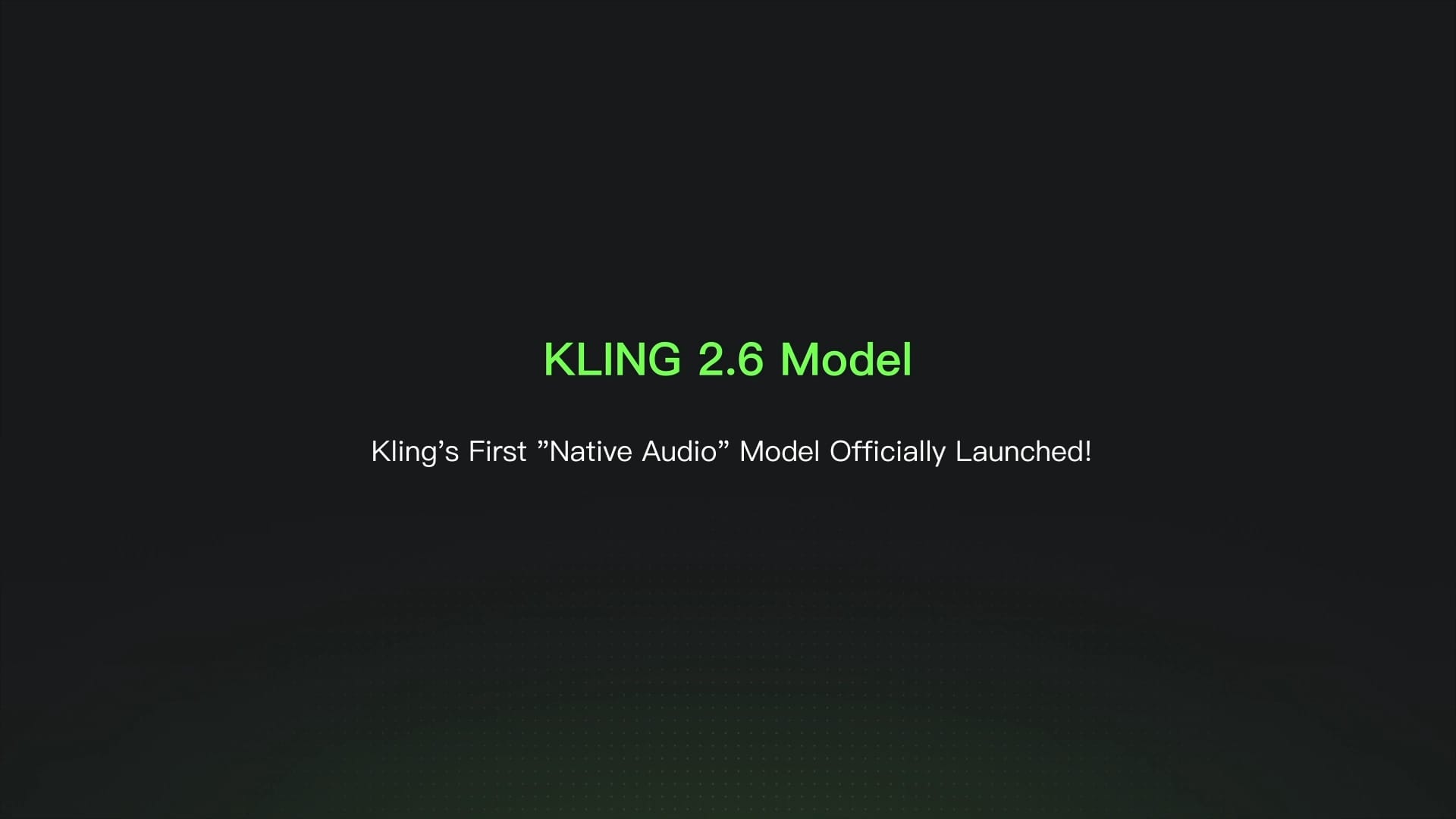Brain-computer interfaces pioneer Neuralink has received authorization from the US Food and Drug Administration (FDA) to implant its device in a second human participant after the FDA approved the company's solution for a problem experienced by Noland Arbaugh, Neuralink's first participant. Arbaugh started experiencing a loss of functionality in his device after most of the ultrathin threads implanted into his brain to relay neural signals came loose. A key aspect of Neuralink's proposed fix is to embed the wires deeper into the brain's motor cortex, suggesting a distance of eight millimeters or about twice as deep as Arbaugh's, who had the threads implanted between three and five millimeters into his motor cortex.
Noland Arbaugh recently shared parts of his experience with the Wall Street Journal, including the ups and downs of experiencing the loss of functionality, and the subsequent restoration of the device's capabilities. Shortly after implantation, Arbaugh, a quadriplegic, was initially able to control a computer cursor and play games using only his thoughts. However, about a month had gone by before he noticed that, to his dismay, the device had started malfunctioning. Neuralink's N1 implant is about the size of a US quarter and depends on 64 external wires thinner than a human hair to catch and transmit neural signals. It turned out that 85% of the threads had become dislodged after his brain had moved three times as much as Neuralink had calculated.
After confirming that the 15% of the threads that had stayed in place had stabilized, Neuralink modified the device's software by switching off the thread clusters receiving low to no signals. By doing this, the device regained most of its capabilities, with Arbaugh reporting that he had already surpassed the capabilities he had developed before the wires loosened. The incident put Arbaugh through a rollercoaster, but even he realized that what had happened to him would help everyone who followed. Neuralink expects to implant the second device in June and perform 10 implantations in total over the year.
The company opened a patient registry that has exceeded 1,000 applicants, although many will not qualify for the study. An important challenge is that the current applicant pool skews toward white male individuals, detracting from Neuralink's goal of gathering a diverse recipient set that enables the company to research a wider range of behaviors. Neuralink also plans to submit applications to Canadian and British regulators in the short term. According to a person close to Neuralink, the patient registry for Canada is already open and will be joined by the British registry shortly.





Comments